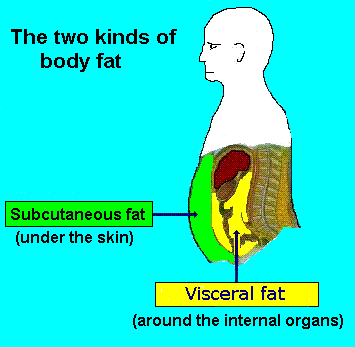 An old couple was watching TV one evening, and the husband got up to go to the kitchen. His wife told him to get her some iced tea, and knowing that the years had taken their toll on his memory, she told him to write it down.
An old couple was watching TV one evening, and the husband got up to go to the kitchen. His wife told him to get her some iced tea, and knowing that the years had taken their toll on his memory, she told him to write it down. "I can remember iced tea," he protested.
"But I want sugar in my tea too," she told him, "so write it down."
He told her he could remember iced tea with sugar.
"I want a slice of lemon too." she said, "Just write it down."
He left the room grumbling to himself. A few minutes later he came back with a plate full of mashed potatoes for her.
"Now look what you've done!" she yelled at him, "You forgot my gravy!"
There’s really more to your Iced Lemon Tea than just a cooling refreshing drink in the current dry spell.
Adding lemon juice and sugar to your tea could help your body absorb the brew's beneficial compounds, epigallocatechin (EGC) and epigallocatechin gallate (EGCG), according to a recent paper published in the Food Research International.
EGC and EGCG are antioxidant polyphenols found in fresh tealeaves. Green tea contains between 30 and 40 per cent of water-extractable polyphenols, while black tea (green tea that has been oxidized by fermentation) contains between 3 and 10 per cent.
The health profile of green tea are increasingly known to consumers, with studies reporting a wide range of effects, including a lower risk of certain cancers, improved heart health, weight loss, and protection against Alzheimer's.
Zhen-Yu Chen et al had in 1998 suggested the ability of ascorbic acid to stabilize tea polyphenols in the intestine. In their study, Dr M.G. Ferruzzi and his associates formulated a range of green tea products to contain 50 mg of green tea extract. The effects of additional sucrose (1.25 grams), ascorbic acid (10 milligrams) or both on the bioavailability and bioaccessibility of the tea’s catechins were evaluated in Sprague Dawley rats and in intestinal cells. The doses were chosen to emulate a typical commercial sweetened ready-to-drink green tea beverage
According to their findings, formulation with both sucrose and ascorbic acid increased the absorption of EGC and EGCG was significantly enhanced with levels three times higher than that observed in the control tea.
In laboratory tests on human intestinal cells, scientists discovered that vitamin C increased the absorption of EGC and EGCG by as much as three times.
These data suggest that formulation with sucrose and ascorbic acid may improve catechin bioavailability by enhancing bioaccessibility and intestinal uptake from tea.
- Zhen-Yu Chen, Qin Yan Zhu, Yeun Fan Wong, Zesheng Zhang, and Hau Yin Chung. Stabilizing Effect of Ascorbic Acid on Green Tea Catechins. J. Agric. Food Chem., 1998, 46 (7), pp 2512–2516
- C.M. Peters, R.J. Green, E.M. Janle, M.G. Ferruzzi. Formulation with ascorbic acid and sucrose modulates catechin bioavailability from green tea. Food Res Int 2010 Jan 1; 43(1):95-102
- Picture: http://www.stockphotopro.com
















